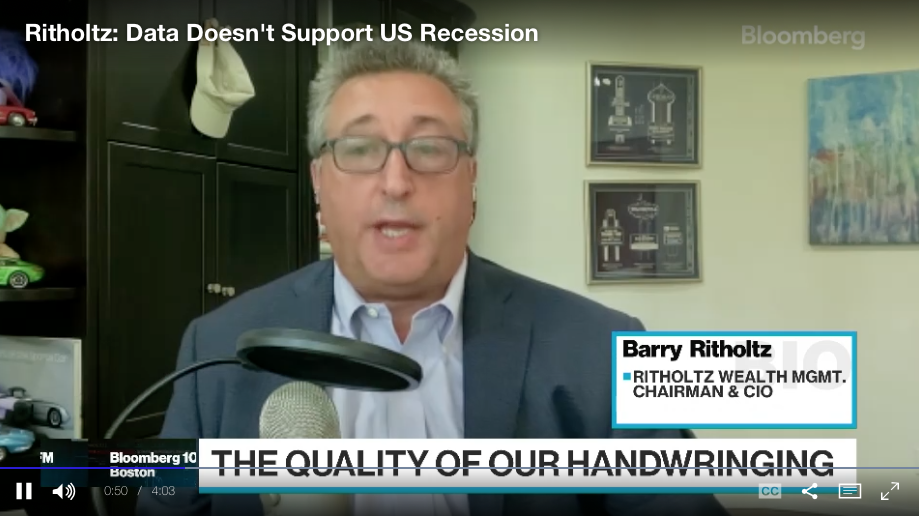From Mortgage News Daily:
It’s hard to quantify just how bad today was for mortgage rates because there’s no quality day-over-day mortgage rate data from before 2009 (when we created our own). In that time, there has only been one other comparable day to today in terms of the jump in mortgage rates.
As a fan of the whole truth, I feel compelled to say that there were a few days in March 2020 that were bigger, but I’m not counting them as comparable days because they were the product of TWO-WAY volatility and a once-in-a-lifetime combination of market conditions and Fed policy response.
That leaves July 5, 2013 as the only truly comparable day. It too came at a time when rates had already been rising rapidly in response to an evolving outlook for Fed policy. The difference back then was that the Fed had simply decided it was time to finally begin unwinding some of the easy policies put into place after the Financial Crisis. This time around, the Fed is in panic mode about runaway inflation. And today specifically, it’s the market that’s panicked about the Fed’s potential panic at the upcoming meeting and policy announcement set to be released at 2pm on Wednesday afternoon.
…
In total, rates moved up from the high fives to the low 6s. But pinning down an actual rate is very tricky right now due to the structure of the mortgage bond market. It’s hard to explain without getting into esoteric details, but the gist is that there is normally more profit for banks when their clients choose a higher interest rate. This is why no-closing-cost loans can exist. The rates are high enough to cover the lenders’ cost and profit. Those same lenders could also quote lower rates, but with the difference being that the borrower would be paying some closing costs.
At present, that “premium pricing” just isn’t so premium. That means in many cases, it may make more sense to pay higher upfront costs because they will do more than normal to bring you down to the next rate lower. To put this in perspective, if it normally costs roughly 1 point to drop your rate quote by 0.25%, that same point can bring the rate 0.50% lower in many cases today. So if you can opt to pay a point to get your rate down to 5.625%-5.875%, but a more typical closing cost structure suggests rates are 6.125-6.375%, what’s the going rate?
Our index accounts for fluctuations in upfront cost in order to accurately represent the day over day change. It suggests the average going rate for the average lender rose from 5.85% to 6.18% on a flawless scenario from Friday to today.

